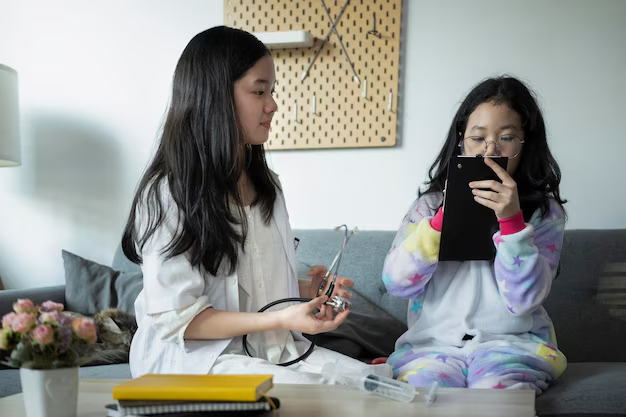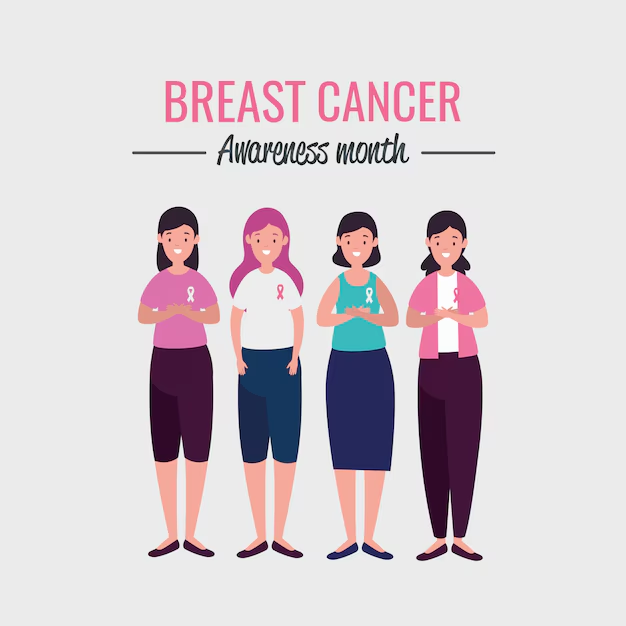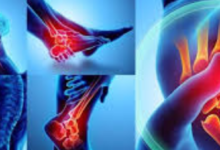Bosom disease ascending among more youthful ladies and Asian Americans, report finds
Bosom disease ascending among more youthful ladies and Asian Americans, report finds

According to a recent report, the incidence of breast cancer is on the rise, particularly among younger women and Asian American populations. Historically, breast cancer has been more prevalent in older women, but in recent years, there has been a noticeable shift in its demographic impact. This trend has raised concerns within the medical community, as younger individuals often face unique challenges in early detection, treatment options, and long-term health implications.
For younger women, the rise in breast cancer cases can be attributed to various factors, including changes in lifestyle, reproductive habits, and environmental influences. Many experts point out that younger women are less likely to undergo regular screening, as breast cancer is traditionally viewed as a disease that affects older women. This can lead to delayed diagnosis and more advanced stages of cancer when it is finally detected, making treatment more complicated and outcomes less favorable.
Asian American women have also experienced an uptick in breast cancer rates. Cultural, genetic, and environmental factors are being studied to understand why this demographic is seeing a rise in cases. Traditionally, Asian American women had lower breast cancer rates compared to other racial groups in the United States. However, lifestyle changes, westernized diets, and delayed childbirth are potential contributors to this shift. Some researchers also point to differences in breast density, a known risk factor for breast cancer, which may be more common among Asian women.

This rise in breast cancer among younger women and Asian Americans calls for more tailored public health campaigns and increased awareness. Educational initiatives emphasizing the importance of early detection, even for women under 40, could make a significant difference in outcomes. Additionally, healthcare providers may need to adjust their screening guidelines to ensure that these at-risk populations are not overlooked.
As breast cancer trends continue to evolve, ongoing research is critical to understanding the underlying causes and developing strategies to combat this growing health concern. In the meantime, both individuals and healthcare systems need to remain vigilant in promoting breast health and early detection practices across all age groups and ethnic backgrounds.


